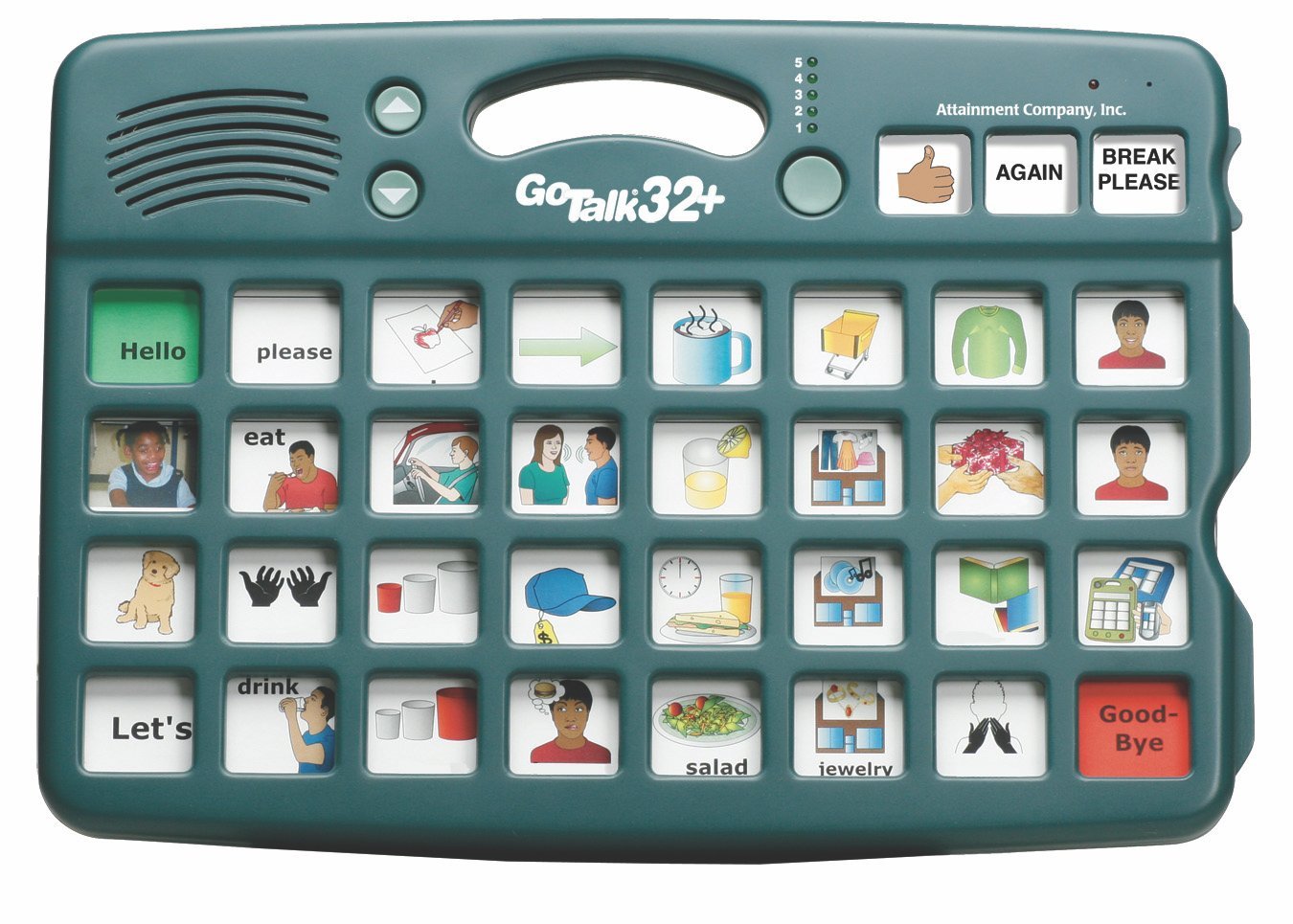2019 Jul 03
Acquiring vocabulary is an essential part of every person’s early academic life. Remembering and using words in context is basic to use language to communicate and many students with language and/or learning disabilities find it especially difficult.
Teaching to these students has to be supported with assistive technologies that, fortunately, are available today in many forms and ways.
Teachers that work in inclusive classroom settings will benefit greatly from their use.
A student that is unable to acquire a minimum vocabulary will find it very difficult to engage in conversation and social interaction with teachers and other students. This situation will reinforce itself into isolation and further loss of literacy and language acquisition and instruction. The students in this situation are unable to properly understand language, communicate, play, develop social skills and, generally, relate to others.
It is true that there is no one method valid for every student, but consensus among specialists suggest that good tools and strategies are those based on concrete and visual support systems: flash cards, picture cues, icons, etc. that represent ideas or objects of everyday life: animals, colors, professions, means of transport, food, actions, feelings…
The use of these tools increase the motivation of the student to acquire vocabulary and literacy and engage actively in inclusive classrooms.
The merits of these tools can be summarized in three points:
- Visual cues help the teacher to hold the students’ attention.
- They enable the student to focus on the message and avoid the usual anxiety produced by the external situation.
- They translate easily abstract concepts into more concrete ideas and facilitate students’ ability to express their thoughts correctly.
Motivation is especially important because repeated exposure to text and spoken words is vital to improve the vocabulary growth of the student. In this way, these tools offer invaluable help to those dealing with these students.
Assistive technology tools to promote vocabulary growth
Assistive technology is any technology that can “increase, maintain, or improve functional capabilities of a child with disabilities”.
Communication boards, which feature a number of images and icons, and can include recorded messages associated with every one of them, are the most basic tool for learning vocabulary.
The student learns to associate a text or spoken word or sentence to the image of an object, an action or an idea.
For example, with the use of a panel like that of a Gotalk32, a student can select something in the board, it is pronounced aloud so she can link images of objects or abstract concepts with words, written and spoken.
Another more advanced step is the use of digital books with stories. The use of digital story books or computer supported reading instruction has already become one of the best ways to teach literacy to these students.
These stories are built with multimedia technology and usually include recorded messages, images, sounds and videos. They can also be implemented as games, forcing a more interactive experience between the student and the story. This reinforces the learning activity and improve memorization of words and concepts.
With these tools, the students can also use their own words, drawings, and photographs, in a way that improve their literacy abilities in reading, writing, listening and speaking, and they are more involved in the reading process and more encouraged and motivated to literacy activities.
Today there are many variations to these ideas, as simple software can turn any computer or gadget into a learning tool with different characteristics suitable for different students.
For example, for students with motor disabilities there is Mouse4all, an app that allows them to navigate easily their Android device without touching the screen. This way they can access apps and texts that can promote reading and vocabulary growth. The motivational boost is so high that it is easy that repetition occurs and text exposure is greater than before.
Strategy for vocabulary acquisition with the help of assistive technology
Teachers who try to provide instruction in inclusive educational settings look for strategies and tools (assistive technology) that help them to support students with vocabulary acquisition needs.
Some of the methods that are supported by specialists include the following:
- Repeated readings.
- Repetition in different ways.
- Digital story books and games.
- Student authored stories.
- Visual support systems with images: pointing and naming or playing recorded names.
- Assistive technology of other types.


